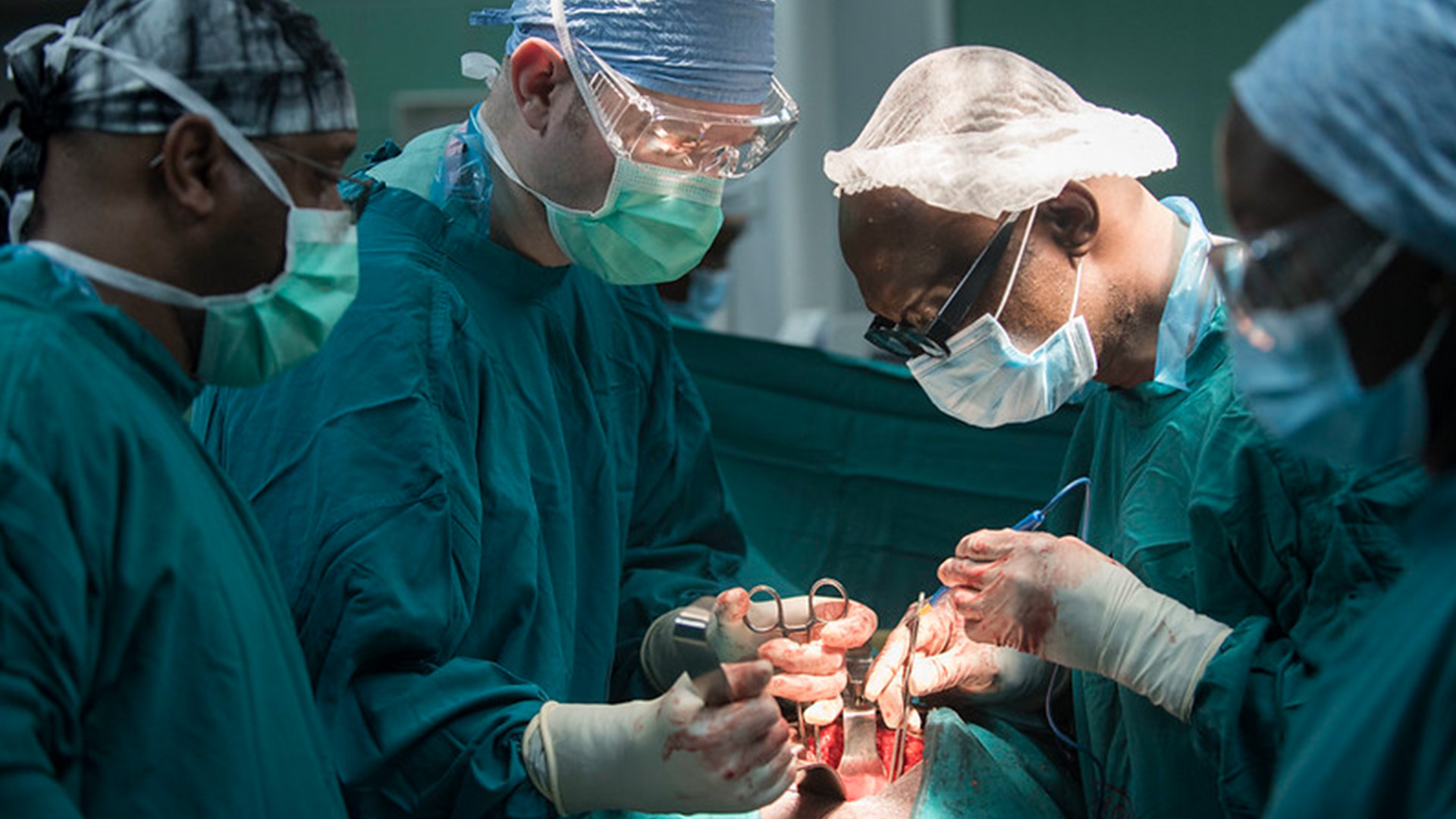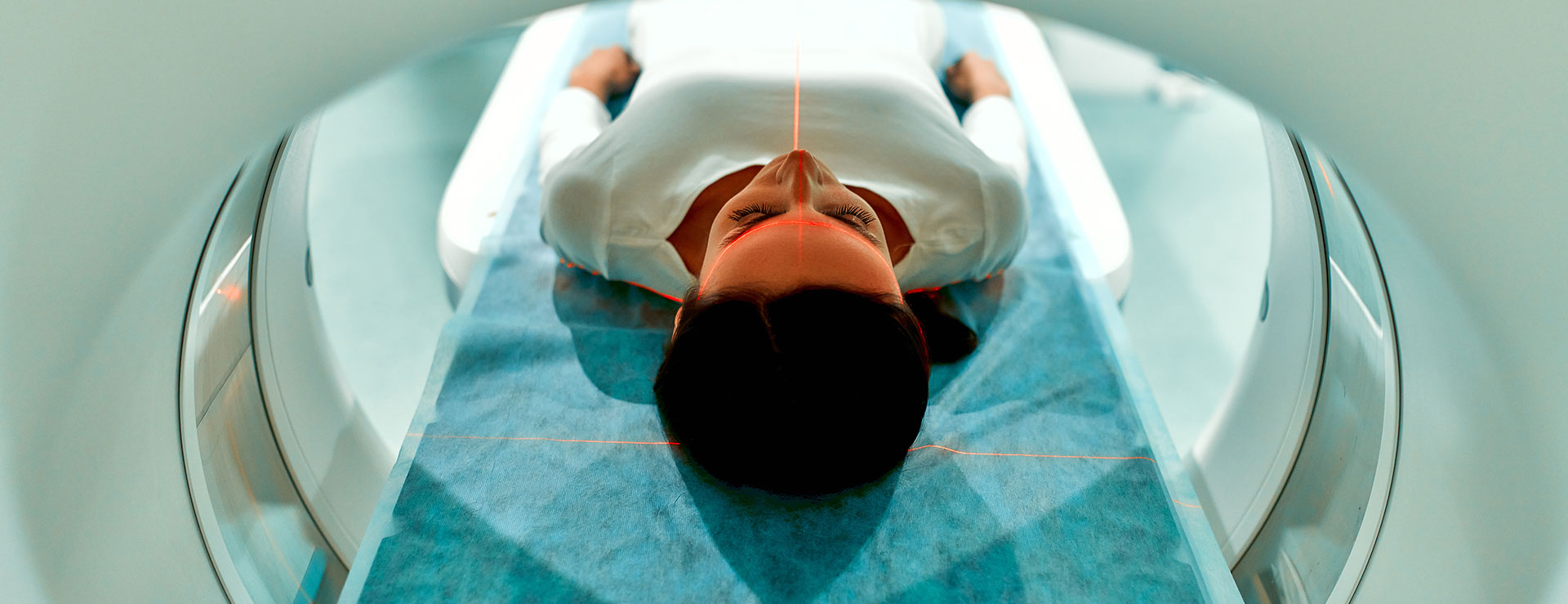
introduction
What is a Radical Prostatectomy?
Radical prostatectomy is the surgical procedure carried out to treat early and sometimes locally advanced prostate cancer. Only patients whose cancer is within the confinement of their prostate gland could expect a long-term recurrence free survival. A Radical prostatectomy involves removing the prostate gland and tissues surrounding it. This may include the seminal vesicles and lymph nodes draining the prostatic region, depending on the given situation.
TYPES
Types of Radical Prostatectomy
Typically, there are two different radical prostatectomy approaches that surgeons recommend for the removal of the prostate:
Open Prostatectomy
Open prostatectomy is the traditional approach used to perform a radical prostatectomy. The surgeon performs the radical prostatectomy through a vertical 4–5-inch incision made right below the belly button. In some suitable patients, a radical prostatectomy could be performed through the perineum by making an incision between scrotum and anus.
Robot-Assisted Laparoscopic Prostatectomy
Laparoscopy is a more modern-day approach to performing the radical prostatectomy. It is divided into two categories: laparoscopic prostatectomy and robot-assisted laparoscopic prostatectomy. Both these methods are minimally invasive and bring several other advantages, including significantly reduced blood loss, no blood transfusions, shorter hospital stays, and faster recovery rates. In a robot-assisted prostatectomy, the surgeon makes a few 4-6cm stab incisions in the patient's abdomen to remove the total prostate and uses a computer-assisted mechanical device (robot, a master slave system) to perform the surgery. The surgeon monitors the procedure from a nearby console where he controls the robot and the fine articulated instruments attached to it. This method gives room for more precision and dexterity than manual or conventional surgery. The robot on its own does not do anything, it is completely controlled by the surgeon. With the use of robotics, we have reached a high level of precision in the field of minimally invasive surgical procedures. A Robot-Assisted Prostatectomy, when compared to open surgery, has greatly reduced the need for blood transfusions as the blood loss is almost negligible. Moreover, since the wounds are very small and tissue damage is minimal, it has fewer post-op and wound related complications, yielding speedy recoveries and shorter hospital stays. Post-op complications like the incidence of incontinence and erectile dysfunction are also significantly reduced with robotic surgeries.



